What’s the difference between active and passive PA speakers?
The terms ‘active’ and ‘passive’ essentially mean powered and non-powered, respectively. Active devices are powered internally, while passive devices require external power to function – this exact principle applies to PA speakers too.
When it comes to PA systems, however, there are bigger implications to consider. As mentioned, active speakers power themselves, meaning they can be easily set up and used. Passive PA speakers require external power, meaning extra components. So when and why would you need passive speakers? Let’s take a closer look…
How do active PA speakers work?
Because active PA speakers have power built-in, they’re super easy to get up and running. They can be set up and making noise in minutes – all you need is a plug point.
As well as having built-in power, many active speakers have built-in controls and additional connectivity. This includes volume, EQ, auxiliary and even wireless functionality, in some cases. With this in mind, they can often be used as single speakers. This makes them great for busking, dance and yoga classes, small-scale public speaking and other similar scenarios.
A popular active PA speaker setup is two speakers and a simple mixer. This allows you to use the speakers in stereo, offering a broader sound with enough control to suit the space you’re in. Because of the built-in power and features, this type of system is super-easy to set up – no experience required.
These systems also tend to be more affordable, making them great entry-level options. Active PA speakers are great for beginners, bands, duos and DJs looking to have their own self-sufficient setup.
(above: a Yamaha active PA speaker that can be placed at an angle – great for on-stage monitoring or busking)
Why Do I Need Active PA speakers?
- They have built-in power, so all you need to do is plug in and play.
- Most have built-in controls and connectivity, making them easy to use.
- They can be used standalone or in groups as part of a bigger system.
- Many active systems are affordable, making them great for beginners and musicians on a budget.
How do passive PA speakers work?
As you may have guessed by now, passive PA speakers are the opposite. They have no internal amplifier, instead requiring power from elsewhere. This usually comes from a power amplifier or powered mixer.
This means more hardware is needed. However, the fact that the amplifier and speaker components are separated is often seen as a plus for a number of reasons. First of all, the speaker without the amplifier is a lot lighter, making it easy to transport, set up and pack down.
Secondly, if one component goes wrong, you don’t need to take your whole system out of action to repair it. Finally, systems that use passive speakers can be easily expanded. Many power amps have multiple channels, so you can connect more than 1 or 2 speakers at a time. If you upgrade your venue size or need more projection, simply add more passive speakers!
Most medium to large-size venues use passive PA speakers (above: passive line array speakers are a common sight at concert venues). They often remain stationary on stage or built-in to the space, powered by a number of amps and controlled by a stationary mixer. These versatile PA systems are easy to upgrade, sound great and are less susceptible to faults.
Why Do I Need Passive PA Speakers?
- They require power from an amplifier or powered mixer.
- They’re usually lighter than active systems due to lack of internal amplifier.
- You can easily add more to your PA system, as long as you have adequate amplification.
- Passive speakers are a tonal blank canvas, easily controlled by a mixer – great if you have a large number of speakers.
How does a power amp work?
A power amplifier, as the name suggests, is the component that powers your speakers. Without power, the speakers are just sad, silent cones. In the most basic terms, a power amplifier takes an electronic audio signal (input) and boosts it to a level that can power a speaker (output). The input could be anything from a microphone to the signal from an electric guitar. Either way, the power amp is what drives it to the correct level to be heard through the speaker.
Active PA speakers have a power amplifier built-in to them, while passive ones need an external power amp or power from a mixer. Your speakers have to match your power amplifier in terms of power rating (wattage) and impedance (ohms) to ensure that they a) sound great, and b) operate safely.
The general rule of thumb is that you need to be able to provide around double the handling power of your chosen speaker. So for example, if you have an 8-ohm speaker with a program power rating of 350 watts, you’ll need an amplifier that can pump out 700 watts at 8-ohms.
This may sound counter-intuitive, but it’s aimed at preventing distortion of your signal. If an amplifier can produce double the amount of power required, the signal will be able to reach a far higher volume without clipping, because the amp guarantees plenty of headroom.
Do I need active or passive PA speakers?
This depends entirely on your setup. As we’ve already discussed, active and passive PA speakers each have their fair share of pros and cons. So which speakers are best for you? Consider a few common scenarios, as follows:
- Acoustic Duos – go for one or two active speakers. Easy to setup and control.
- Small venues – two or more active speakers will suffice on a budget, or expand to passive + power amps if you want greater control over the sound (particularly for live music).
- Medium/large venues – multiple passive speakers with power amplifiers. Better control, projection and longevity. Consider adding subwoofers to boost low-end frequencies.
- Schools & Churches – two active speakers will be versatile enough and easy to set up, regardless of experience. Easily packed away during downtime.
- Yoga, dance & fitness classes – a single active speaker will suffice. Consider wireless or battery-powered systems for maximum practicality!



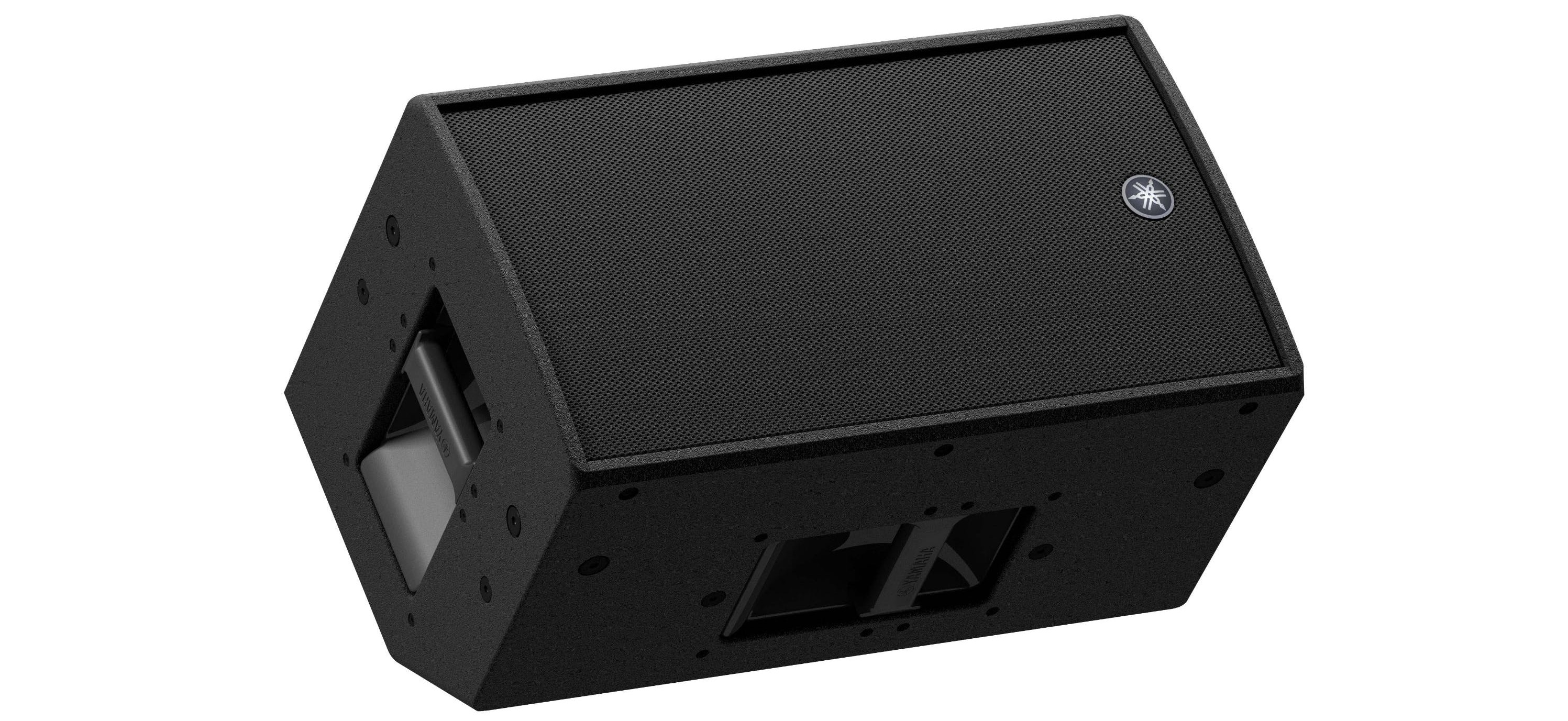
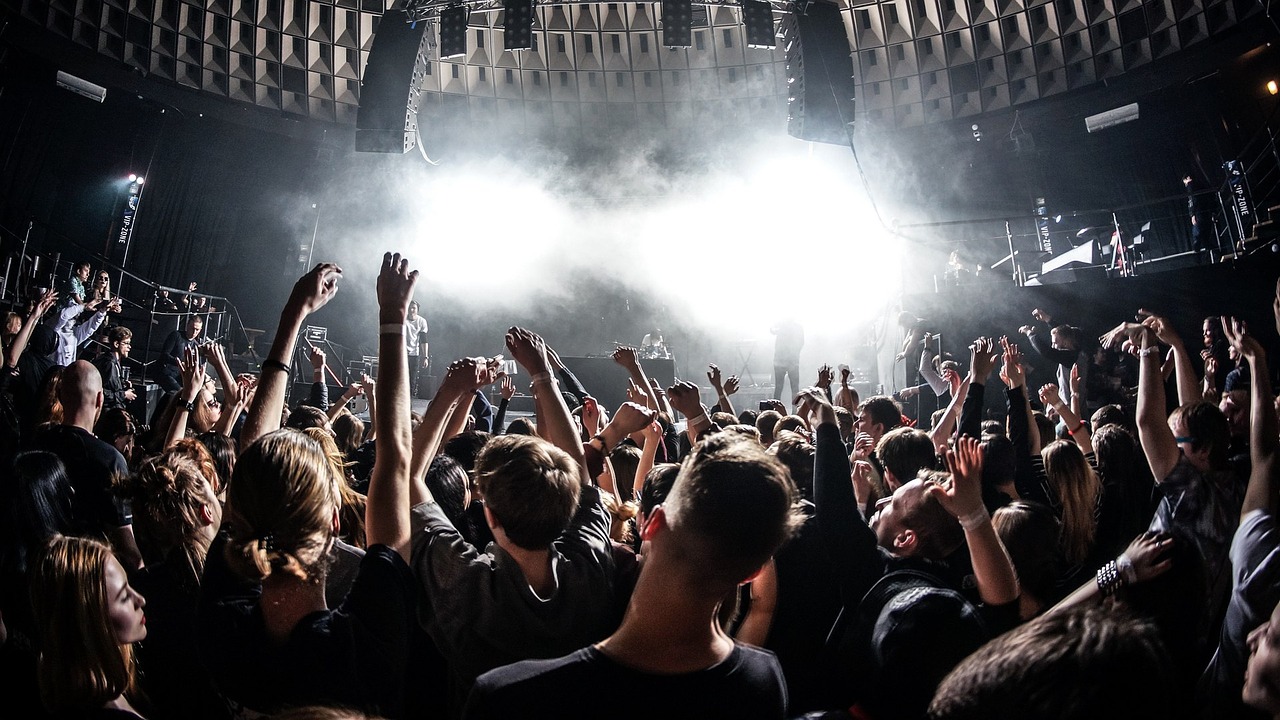
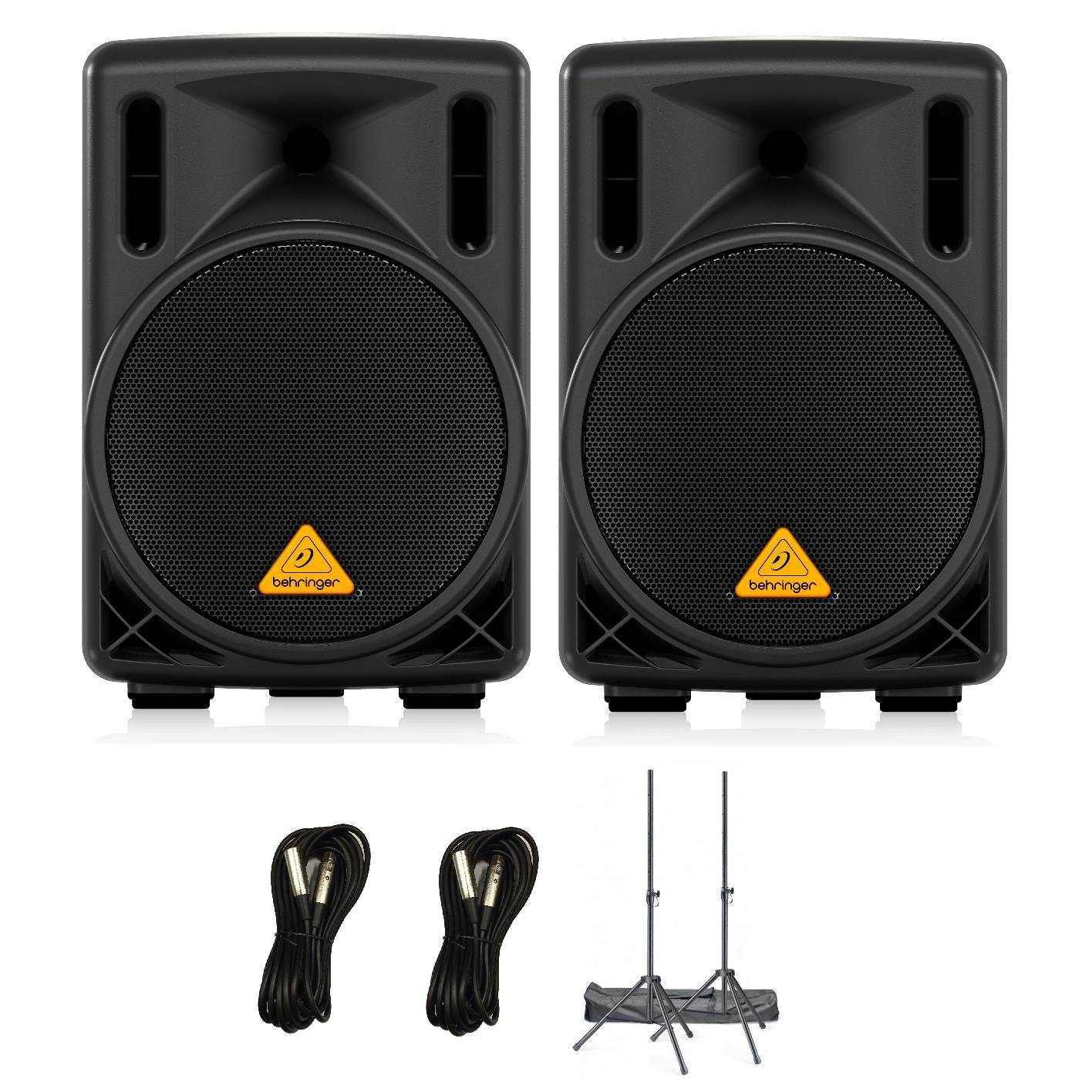
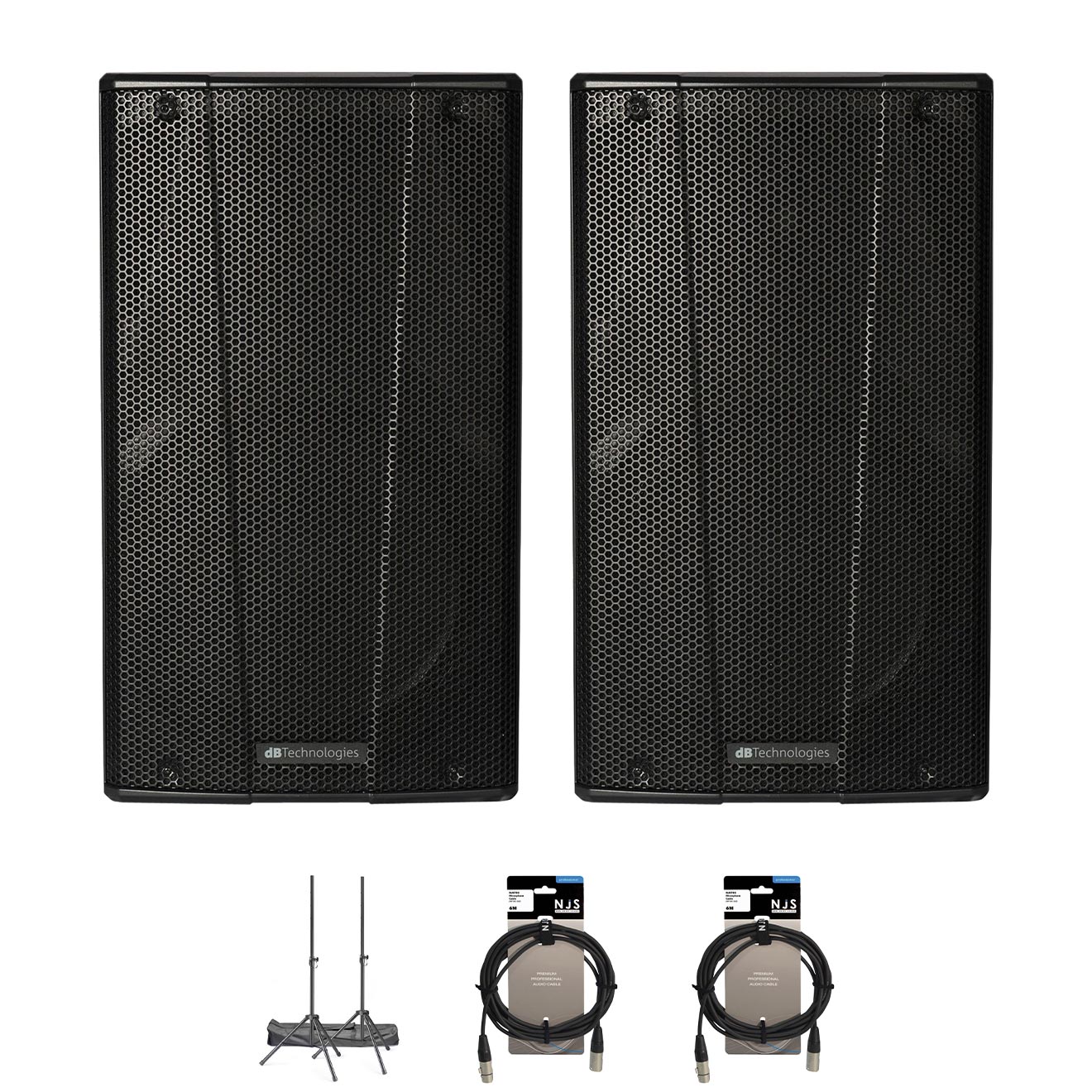
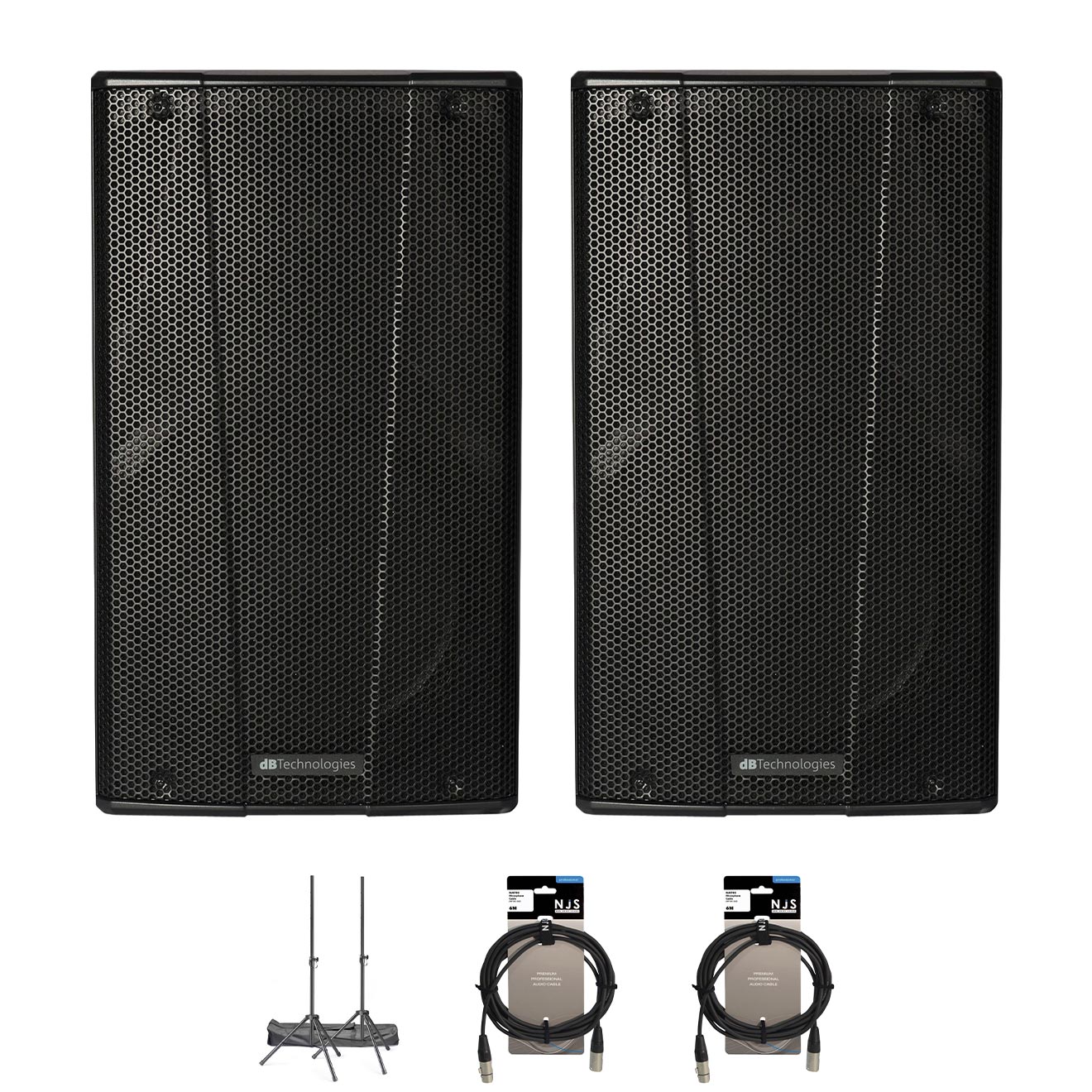
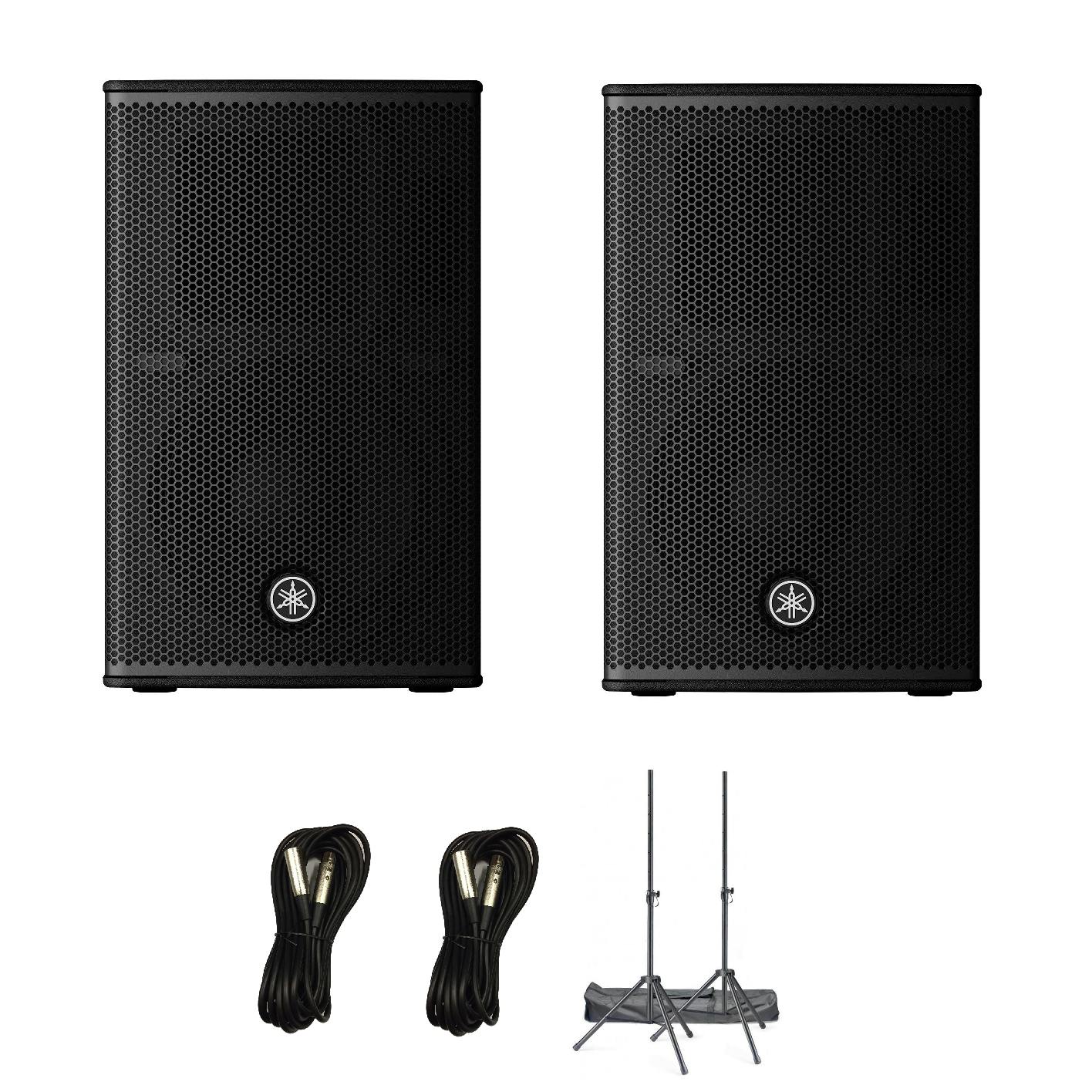
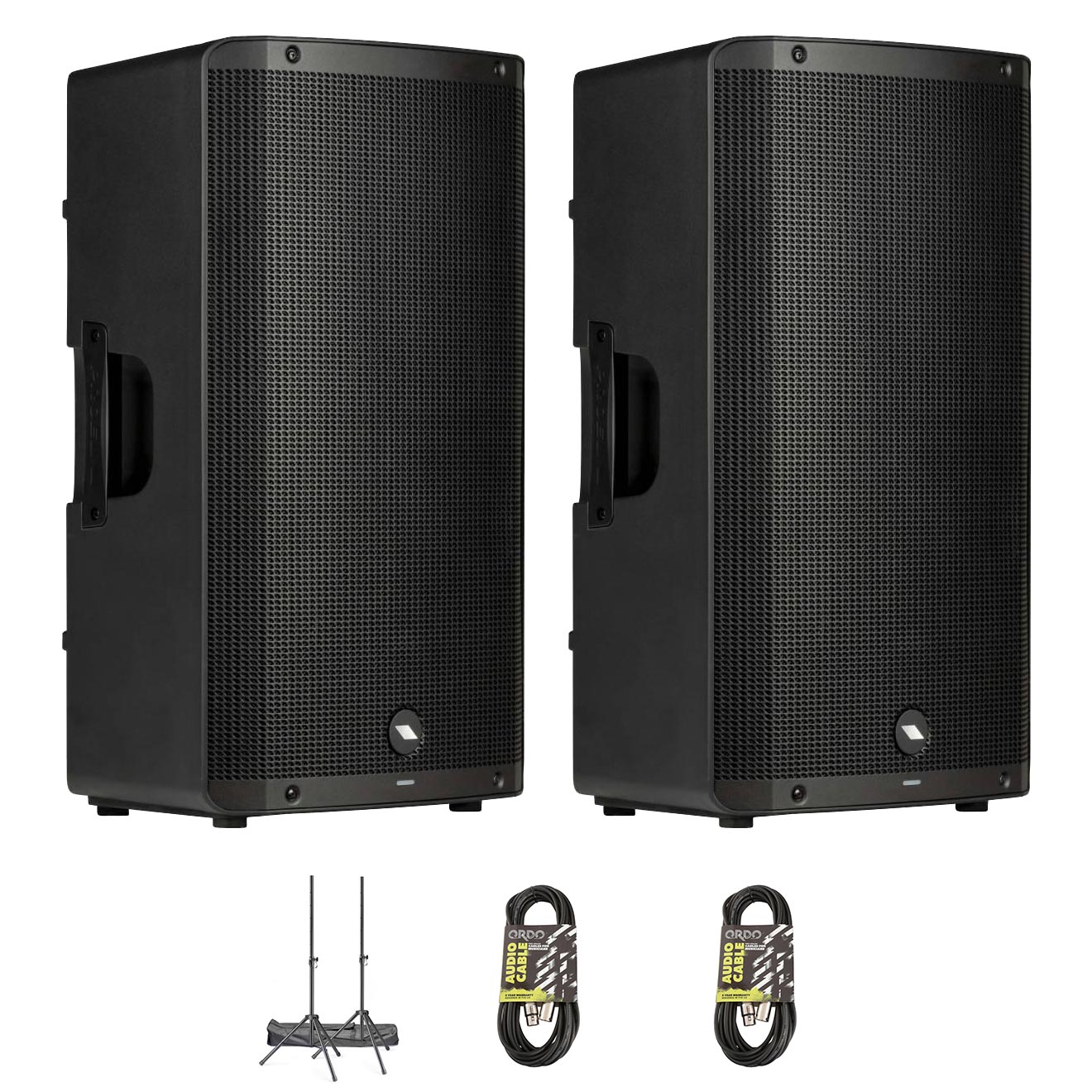

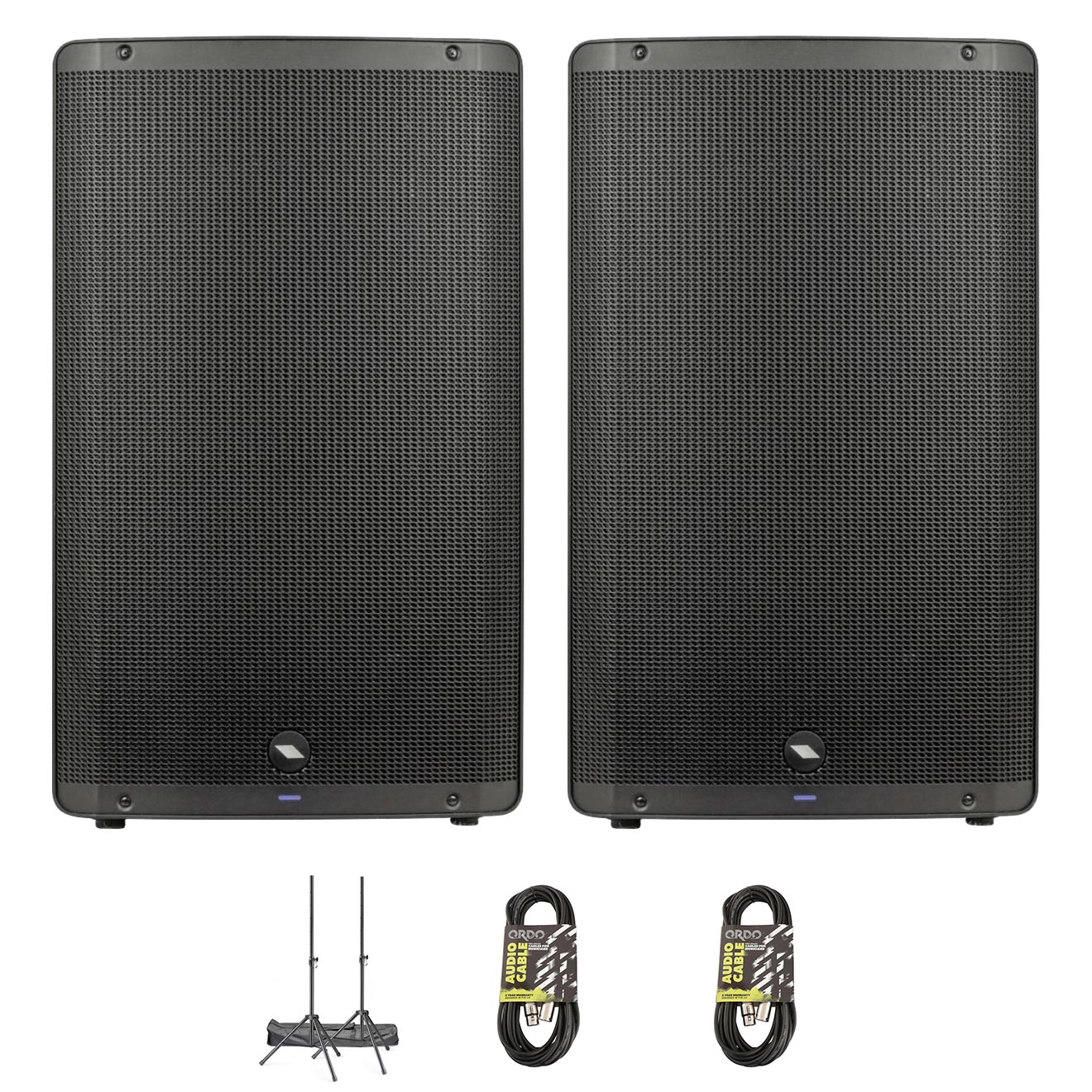


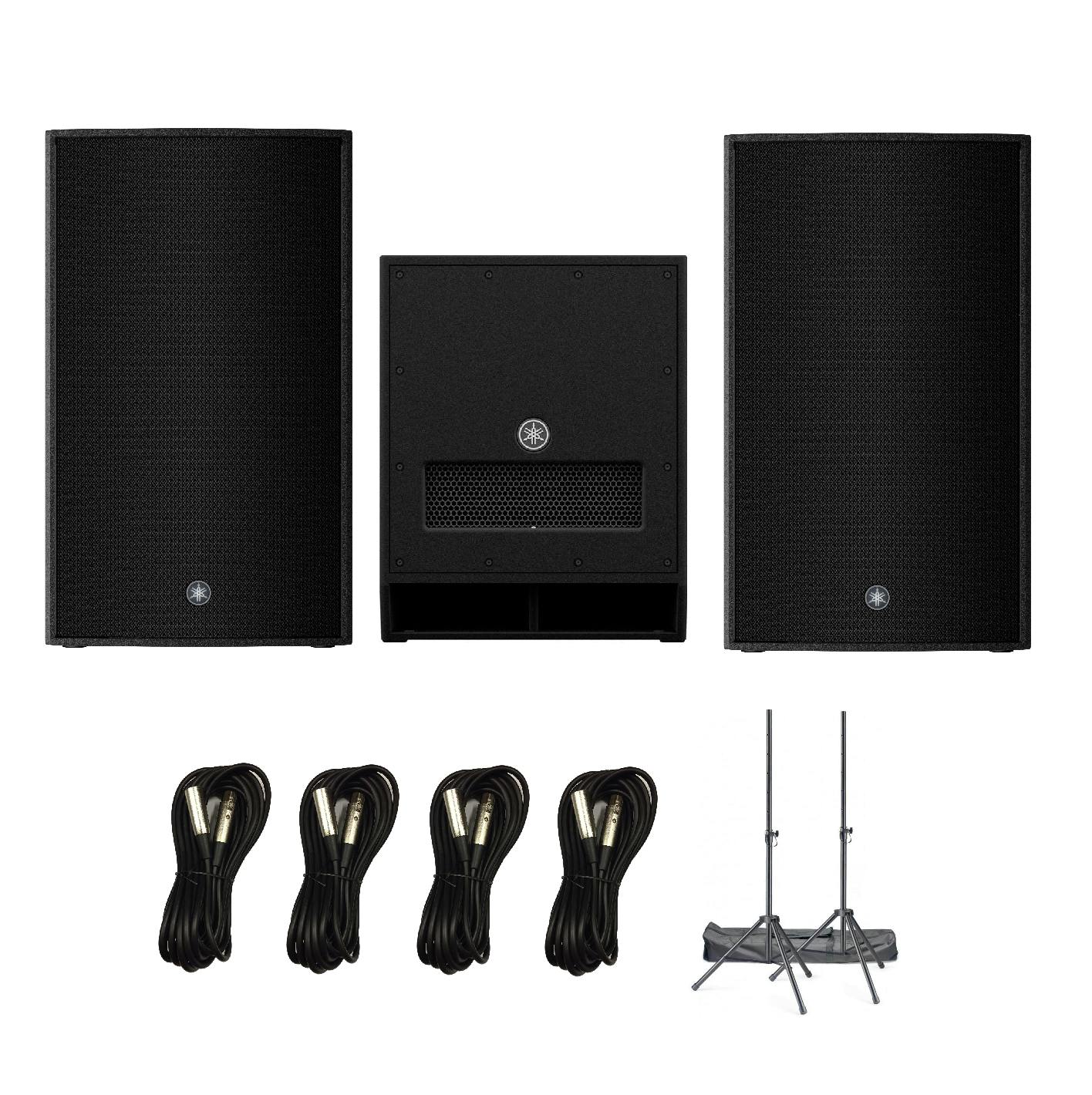
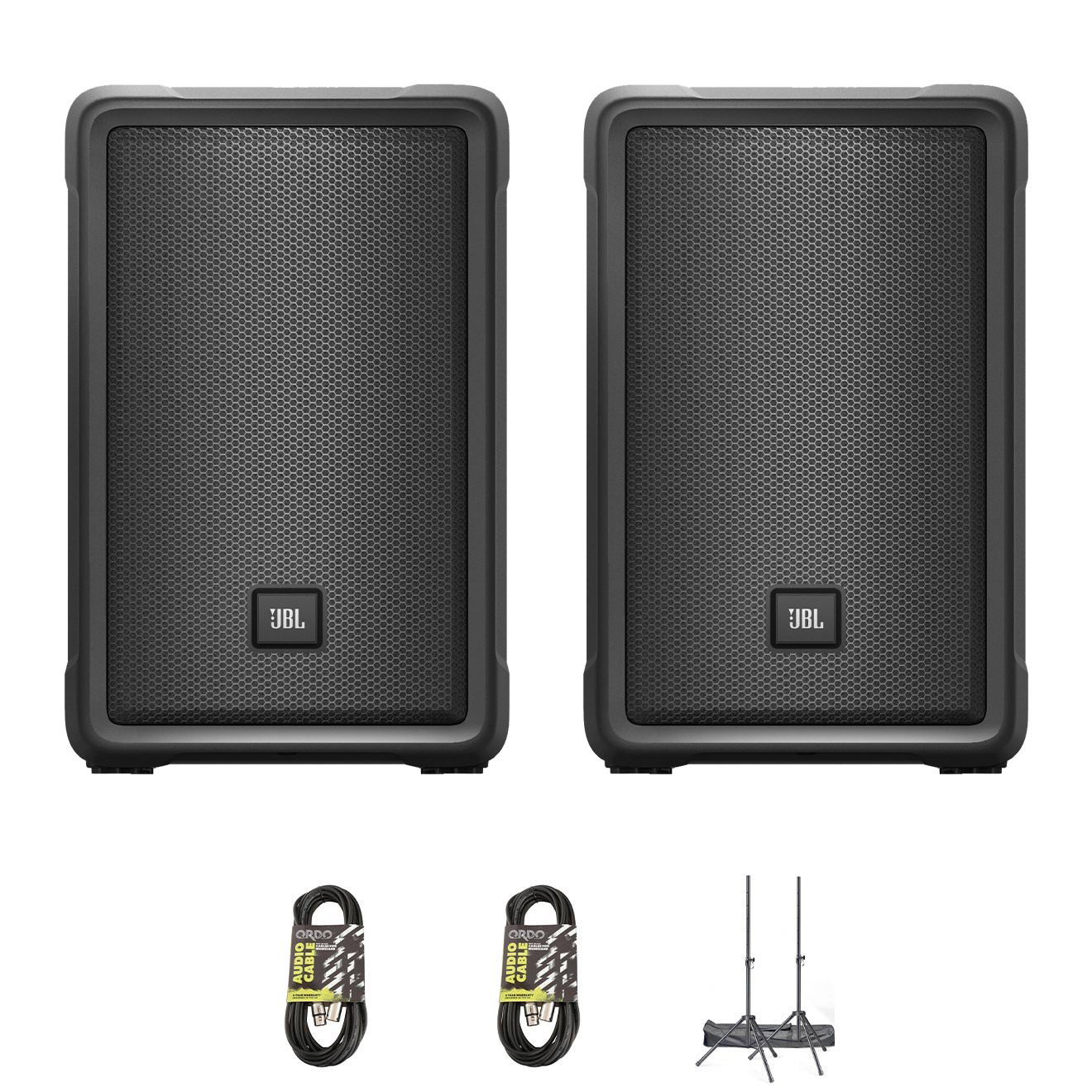





Responses & Questions